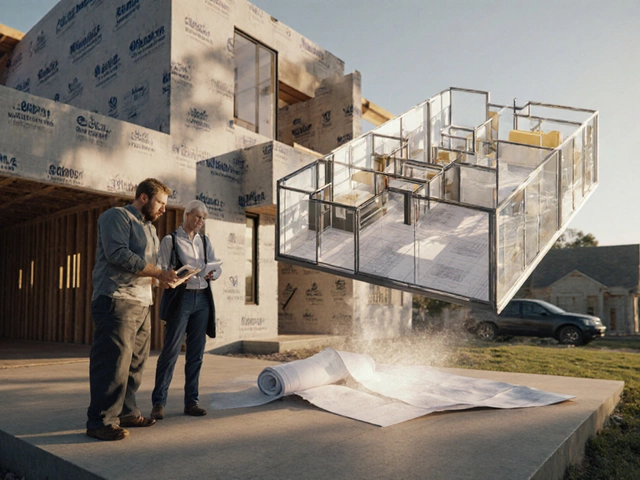Settling Period: What It Is, Why It Matters, and What to Expect
When you move into a new home or after major renovations, you might hear creaks, notice small gaps in trim, or see hairline cracks forming near doorways. That’s often the settling period, the natural process where a building adjusts to its weight, soil conditions, and environmental changes over time. Also known as building settlement, it’s not a defect—it’s physics in action. Most homes settle within the first 12 to 24 months after construction, especially in areas with clay-rich or expansive soils that expand when wet and shrink when dry. The key isn’t to prevent it—it’s to recognize when it’s normal and when it’s a warning sign.
The foundation settlement, the downward movement of a home’s base due to soil compression or moisture shifts is the most common form of settling. It’s usually uneven, which is why you might see one door sticking while another opens fine. Structural movement, the broader term for shifts in load-bearing parts of a home can also show up as diagonal cracks in brickwork, gaps between walls and ceilings, or sloping floors. These aren’t always emergencies. A crack under 1/8 inch wide? Often nothing to panic about. But if that crack grows over weeks, or if your floors now tilt enough to roll a ball, that’s when you need to look deeper.
Older homes settle too—not just from age, but from changes in drainage, nearby tree roots, or even seasonal weather swings. A house built in the 1950s might have settled decades ago, but if the soil underneath has dried out after a long drought, it can start moving again. That’s why the settling period isn’t just a one-time thing—it’s an ongoing reality for any structure sitting on earth. What matters is tracking changes. Take photos of cracks. Mark them with tape and date them. Check doors and windows seasonally. If nothing changes over six months, you’re likely fine. If things are shifting faster than your coffee cools, it’s time to call someone who knows foundations.
You’ll find posts here that break down exactly what cracks mean, how to tell if your house is settling normally, and when it’s time to call in a pro. We cover real cases—from a tiny gap in a kitchen wall that turned out to be harmless, to a bowing basement wall that needed steel beams. Whether you’re living in a new build or a century-old cottage, understanding the settling period helps you avoid costly mistakes and unnecessary panic. The goal isn’t to stop your house from settling—it’s to know what’s normal, what’s not, and how to keep your home safe without overpaying for fixes that don’t matter.
Why Can't You Decorate a New Build Right Away?
Decorating a new build too soon can damage walls, floors, and finishes. Learn why you need to wait 3-6 months for materials to dry and settle before hanging art, installing wallpaper, or placing heavy furniture.
full article




